The rise in Internet connectivity has dramatically transformed our lives and today, connected devices are being used in the home, on the streets and in our places of work. By 2020, there is set to be 26 billion connected devices around the world, and the Internet of Things market is forecast to be worth a staggering $7 trillion.
The new Connected Age is benefiting both consumers and businesses immeasurably, bringing time and cost-savings to daily routines as well as business operations. From the automated fridge re-stock after breakfast, to the audio broadcast of the day’s meetings on the drive to work, and even the updated fitness diary following a workout at the gym, the potential of IoT today is boundless. But not only is IoT helping consumers manage their everyday lives, businesses have an unprecedented opportunity to extend their engagement with consumers across a service or product lifecycle, gathering data about consumer behavior to improve their experiences or remotely address problems before the consumer even notices!
Yet seamlessly delivering connected services to consumers and businesses presents significant challenges to service providers, not least because of the lack of specialized skills and technologies that are currently available. Providers must overcome technical challenges related to connectivity, cloud infrastructure and user experience, while managing the complexity of competing industry standards, and circumventing existing protocols that inhibit interoperability. To ensure that the potential of IoT is realized, service and broadband providers must focus on developing a streamlined user experience that draws fragmented services into a single package.
To maximize the value of technologies emerging from the Connected Age, service providers, product manufacturers, software developers and internet providers need to be working towards a common goal: an open and interoperable service space, that enables integration and compatibility across every ecosystem, whether in the home, in the business or in public spaces. This will require a level of cooperation and consistency in product development and delivery on a scale that has never previously occurred. It will determine the need for a balance between competition and complementary services; the providers that can build the best networks of partnerships and third-party services will have the best chance of succeeding in an increasingly competitive market.
The Internet of Things is the start of a transition to the Internet of Everything; a landscape where connected devices are so integrated into our lives that connectivity is less an added function, as a requirement for a product’s existence. The Internet of Things has the potential to enhance our lives, create convenience and offer personalization. It is the role of the Connected industry and its growing affiliates, to ensure that the landscape adapts to the increase in devices, avoiding fragmentation, towards a simplified infrastructure where connected devices are almost invisible.
ADB’s strong heritage as an enabler of IP connectivity means we have a unique advantage, supporting businesses and broadband providers and enabling them to capitalize from the growing IoT landscape. We help clients through IoT integration points and by identifying technologies and one-stop-shop partnerships, we allow them to focus on the delivery of their core services. With expertise in connectivity software and backend IT platforms, our Business and Personal IoT solutions enable clients and consumers to maximize the limitless potential of the new Connected Age.


